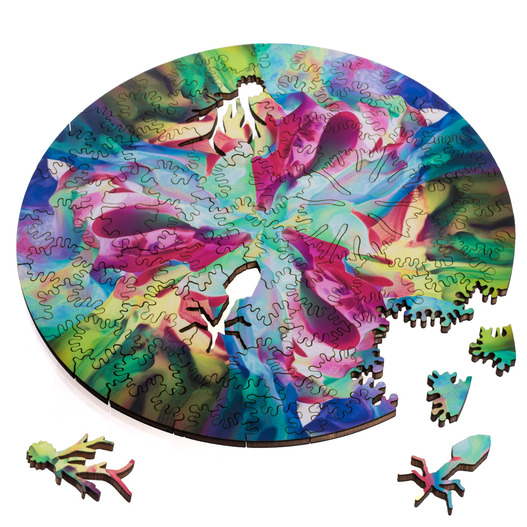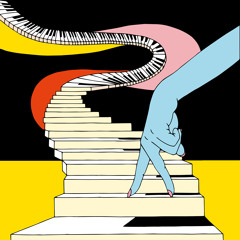//Sofia Rolla
//Section D
var eyeSize = 20;
var pupilSize= 5;
var faceWidth = 150;
var faceHeight = 200;
var noseWidth = 20;
var noseHeight = 30;
var mouthSize = 40;
var faceR = 199
var faceG = 177
var faceB = 140
var pupilR = 112
var pupilG = 166
var pupilB = 233
var noseR = 200
var noseG = 190
var noseB = 170
var mouthR = 0
var mouthG = 0
var mouthB = 0
function setup() {
createCanvas(640, 480);
}
function draw() {
background(170,10,90);
//head
fill(faceR, faceG, faceB)
ellipse(width / 2, height / 2, faceWidth, faceHeight);
//eyes
fill(255)
var eyeLX = width / 2 - faceWidth * 0.25;
var eyeRX = width / 2 + faceWidth * 0.25;
ellipse(eyeLX, height / 2, eyeSize, eyeSize);
ellipse(eyeRX, height / 2, eyeSize, eyeSize);
//pupils
fill(pupilR, pupilG, pupilB)
ellipse(eyeLX, height / 2, pupilSize, pupilSize);
ellipse(eyeRX, height / 2, pupilSize, pupilSize);
//nose
var noseY = height / 2 + faceHeight* 0.15;
fill(noseR, noseG, noseB)
ellipse(width/2, noseY, noseWidth, noseHeight);
//mouth
fill(mouthR, mouthG, mouthB)
ellipse(width / 2, height / 2 + .4 * faceHeight, mouthSize, faceHeight/10)
//hair
arc(width / 2, height / 2-35, faceWidth+10, faceHeight-10, PI,2*PI, PI);
}
function mousePressed() {
faceWidth = random(75, 150);
faceHeight = random(100, 200);
eyeSize = random(20, 40);
pupilSize = random(5,15);
noseWidth = random(5,20)
noseHeight= random (10,30);
mouthX = random (20, 50);
faceR = random (170,230)
faceG = random (50,200)
faceB = random (50,200)
mouthR = random (50,200)
mouthB = random (50,200)
mouthG = random (50,200)
pupilR = random (50,200)
pupilG = random (50,200)
pupilB = random (50,200)
noseR = random (50,200)
noseG = random (50,200)
noseB = random (50,200)
}This was a difficult process for me. I struggled with finding the right variables and with setting proper variables for positions of certain facial features. I hope that this process will get easier as I keep learning.
![[OLD SEMESTER] 15-104 • Introduction to Computing for Creative Practice](../../wp-content/uploads/2023/09/stop-banner.png)

